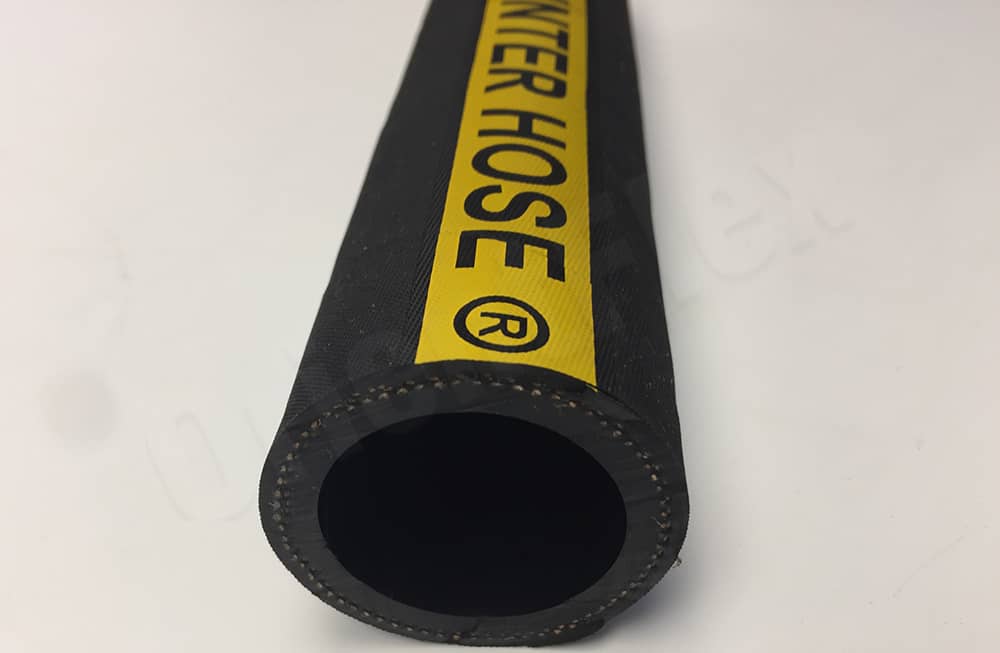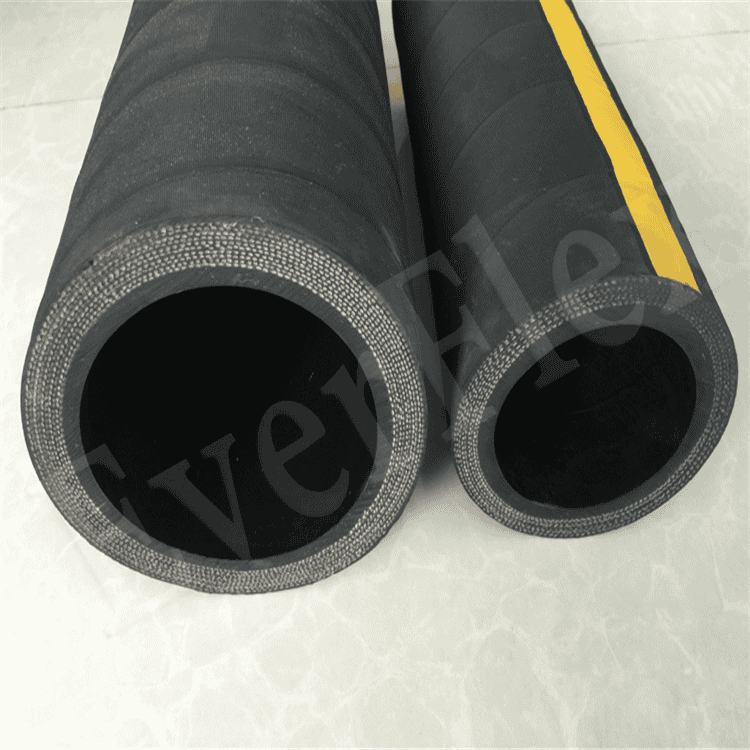Braided rubber hoses are flexible and highly elastic, making them suitable for numerous applications. For instance, rubber oil hoses or fuel hoses transport petroleum and LPG, while rubber water hoses handle water delivery and discharge. Sewer jetting hoses are essential for pipe cleaning, and flexible steam hoses manage hot water and high-temperature steam.
While all flexible rubber hoses have a protective cover for the reinforcement and inner tube, the soft rubber tubing remains vulnerable to damage. Moisture, abrasives, and other elements can harm high-pressure rubber hoses and industrial hose fittings.
How to Prevent Damage to Reinforced Rubber Hoses
Follow Manufacturer Guidelines
Always adhere to the rubber hose manufacturer’s recommendations. When connecting the hose to machinery, use the correct rubber hose fittings and avoid applying excessive force or pressure, which can weaken the tubing.
Avoid Dragging
If moving the hose (e.g., nitrile rubber tubing), use a vehicle to transport it rather than dragging it across the ground.

Respect Pressure Limits
Every braided rubber hose—whether for industrial water, oil, or air—serves a specific purpose and has a defined pressure limit. Exceeding this limit with a corrugated rubber hose or any type can lead to bursts or leaks.
Post-Use Maintenance
After each use, inspect the rubber braided hose for leaks or cracks. Clean it with a mild soapy solvent and warm water. Never dry oil-resistant rubber hoses in direct sunlight or with forced heat, as this can degrade the material.







